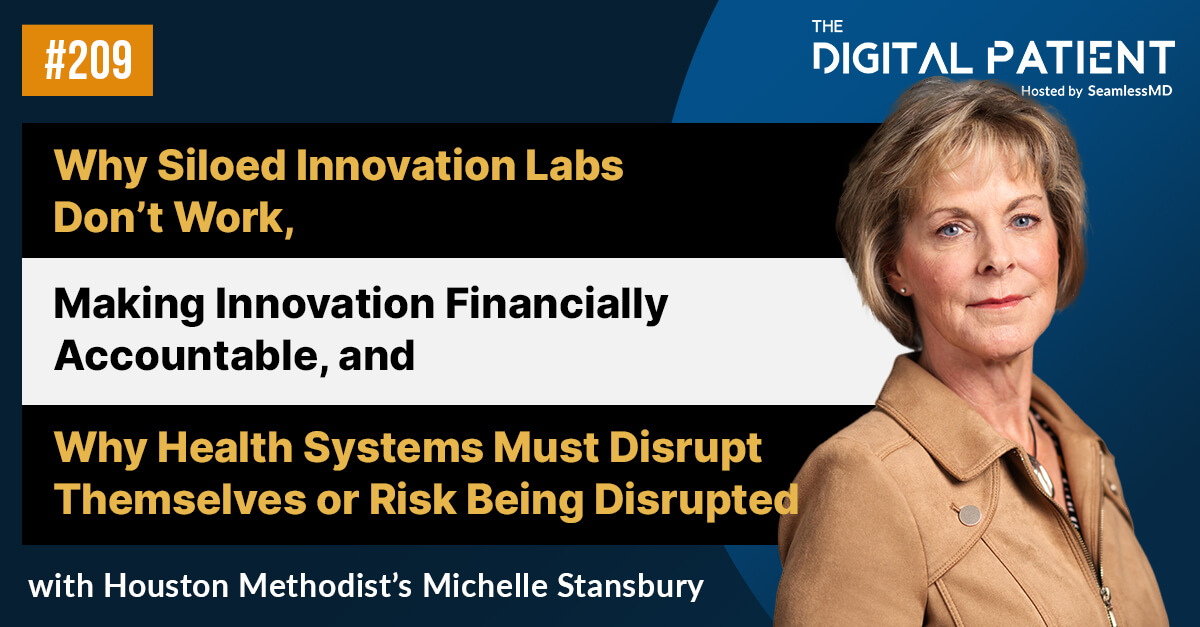In response to the COVID-19 pandemic, health care providers worldwide have been racing to implement remote monitoring platforms that extend patient access to surgical care beyond the bounds of the hospital while also minimizing in-person visits. Surgical remote monitoring platforms can facilitate more efficient pre- and post-op guidance, allowing health care providers to redistribute their time and expertise more effectively. Furthermore, the use of this technology can provide a better overall patient experience and can reduce hospital length of stay (LOS), readmission rates, and ED visits.
SURGICAL REMOTE MONITORING: WHERE TO START?
As many healthcare organizations are doing surgical remote monitoring for the first time, there is often a question of which department to start in, before a broader rollout.
For example, Thunder Bay Regional Health Sciences Centre (TBRHSC) recently demonstrated how partnering with SeamlessMD led to improved patient outcomes including ↓41% in ED visits and ↓4% in readmissions - starting with Hip and Knee surgery patients.
TBRHSC has since implemented SeamlessMD for its Shoulder, Colorectal and Bariatric surgery programs, and is actively rolling out SeamlessMD for its Spine, Urology, Thoracics and Breast Cancer surgery programs.
Naturally, the value of Surgical Remote Monitoring is correlated to the clinical areas you use it for and how far you scale it. Because this will be a novel initiative for your organization, it is important to start with the right initial use case(s) that will best set up your program for success. This is because the rest of your organization will look at that first success as a reference point for understanding the potential of Surgical Remote Monitoring and for lessons on how to scale it to other programs.
FACTORS TO CONSIDER WHEN CHOOSING YOUR INITIAL USE CASE(S):
Availability of Clinical Champion
- Having a strong clinical champion is arguably the most important factor for a successful Surgical Remote Monitoring program. When there is a highly motivated champion taking charge, it makes it much easier for the rest of a surgical department to follow;
- While the clinical champion for this initiative is often a surgeon in a leadership role (e.g. department chief, quality leader, etc.), there are frequent exceptions;
Case Volume
- The larger the surgical program, the greater the value of the program;
- In addition, larger volumes will allow your team to learn and iterate faster, achieve results, and create momentum;
- Generally, we recommend starting with programs that do a minimum of 250 procedures/year, so you will see tangible results within the first few months of Go-Live. However, programs that do 500-1,000 procedures/year are even more ideal starting points;
- For example: Total Joint Replacement surgery is often the highest volume program in hospitals;
Risk-level of procedures
- Higher-risk procedures (i.e. procedures with higher LOS, readmissions and ER visits) are preferred as your organization and your patients will benefit from greater ROI (and need this type of support more);
- For example: Cardiac Surgery, HPB Surgery, Surgical Oncology;
Patient education needs
- Surgical programs with more comprehensive education requirements (e.g. surgeries which involve 50 page booklets) will benefit from a more streamlined, digital experience for patients;
- For example: Total Joint Replacement, Colorectal Surgery, Bariatric Surgery;
For more details on how Surgical Remote Monitoring can help you achieve similar results: Check out our podcast episode on “How to Implement Surgical Remote Monitoring” where we discuss the topic in-depth (Timestamp: 23:12-29:36).
Make sure to check out the full whitepaper here for a practical guide on how to get started with a Surgical Remote Monitoring program.
.svg)










.png)
